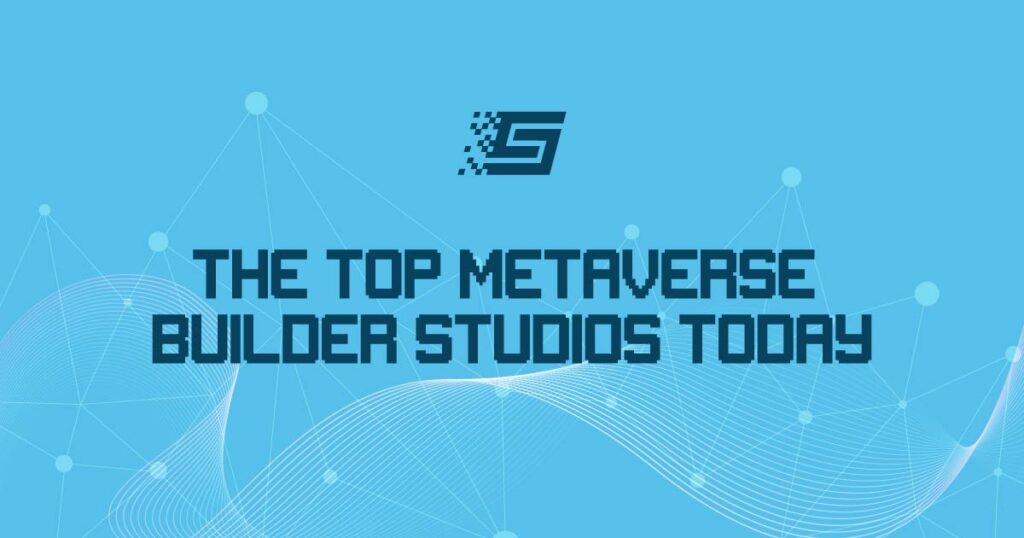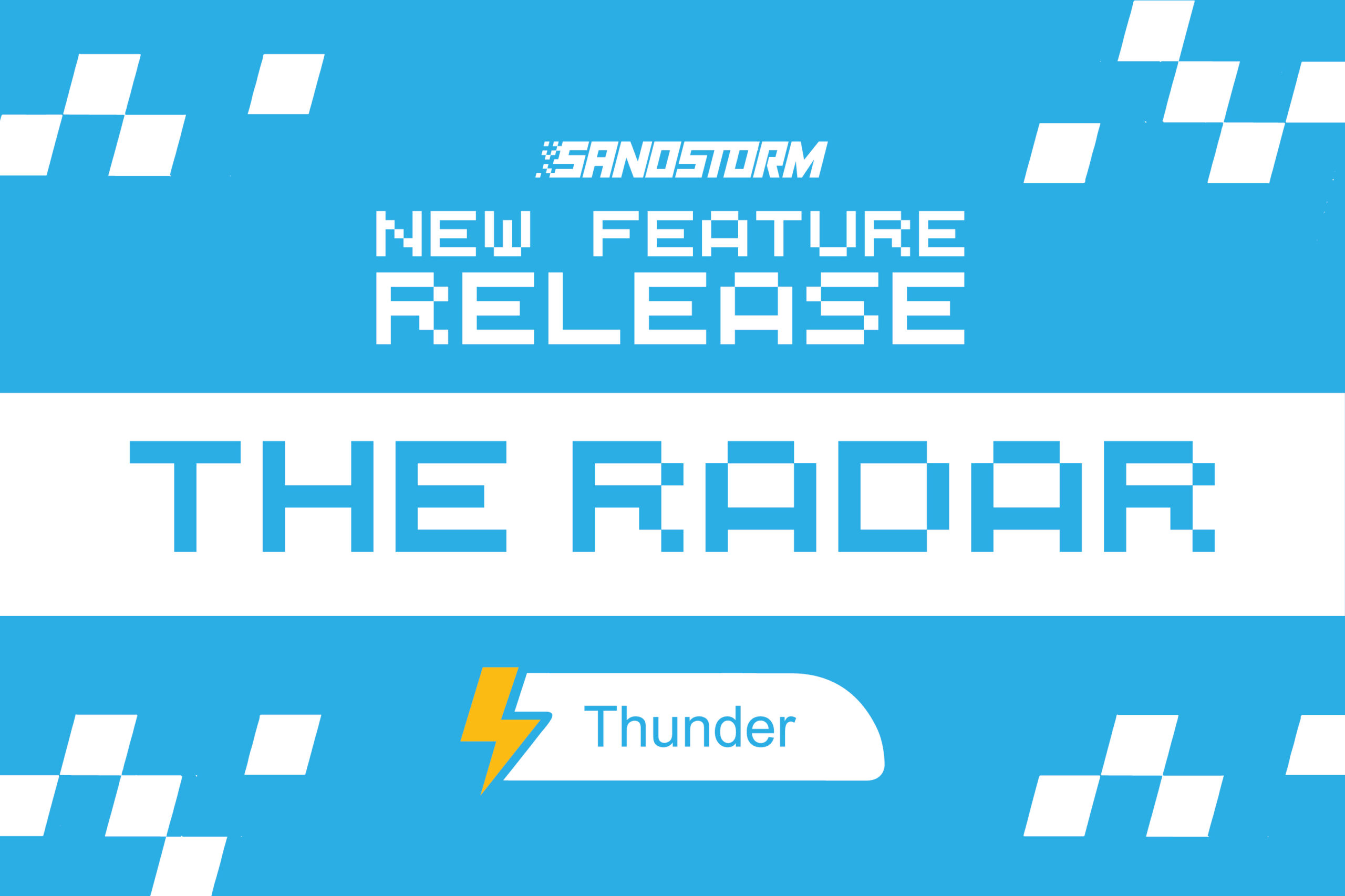How to get started on ETFs
Buying ETFs is a simple way of diversifying your investment portfolio. The term exchange-traded fund (ETF) might sound complex. However, it is much easy to invest in exchange-traded funds, just like stocks.
If you invest in one company’s stock and fail to grow, your portfolio might be affected. On the other hand, buying stocks in different companies from multiple sectors might help your portfolio during a crash.
There are important things a beginner investor must understand before buying into any exchange-traded fund. To begin with, investors need to understand the type of exchange-traded fund they are buying. Also, they need to know the range of assets the ETF covers and what costs and expenses they should anticipate.
This article will discuss the details you may need before buying an exchange-traded fund and how to buy ETFs.
Types of ETFs
Commodity ETFs
Commodities are essential goods like agricultural products, oil and gas, and precious metals. A commodity exchange-traded fund can expose investors to a specific product or a basket of commodities.
Accordingly, the ETF either buys commodity-related stocks, holds the commodities in physical storage, or tracks the assets’ performance by holding derivative positions.
Stock ETFs
This type of exchange-traded fund tracks the performance of a set of stocks. Stock ETFs provide investors with a bundle of equities or an index without buying shares of specific companies.
International ETFs
An international ETF invests in other countries’ securities globally or a specific country. Most foreign exchange-traded funds purchase securities across multiple countries to lessen the risk.
Meanwhile, international ETFs that invest in developing countries are exchange-traded funds for frontier markets. This investment offers a unique opportunity to benefit from established and emerging economies.
Currency ETFs
A currency exchange-traded fund is an investment vehicle that tracks the value of a set of currencies. Essentially, they offer a hedge against economic events that might devalue a currency. In addition, currency ETFs take advantage of arbitrage opportunities and helps to manage risks of international investments.
Sector/Industry ETFs
Sector ETFs are marketable securities that target the stocks of companies in a specific industry or line of business. Examples are exchange-traded funds of GICS sectors like health care, information technology, energy, etc. Similarly, there are unique sectors like Metaverse ETFs.
Sector exchange-traded funds are widely known and sometimes cover multiple industries. Additionally, they tend to have a high level of liquidity.
Leveraged ETFs
A leveraged ETF is an investment type that uses derivative contracts to multiply the profit or loss on underlying equities. This type of exchange-traded fund magnifies the returns of its index based on the leverage it uses.
Accordingly, an exchange-traded fund using a 2x leverage will return a 4% profit or loss when the underlying index gains or loses 2%.
The benefits and downsides of ETFs
When selecting an investment vehicle, the benefits should outweigh the risks it poses to an investor. Accordingly, beginner ETF investors should ensure they purchase funds that offer more rewards with lesser risk. You may consider the following points;
Pricing
The demand and supply pressure on stocks affect their prices throughout the trading day. Similarly, the cost of an exchange-traded fund is updated based on market forces and the state of its underlying index. Moreover, price movement also offers risk-tolerant traders the opportunity to long or short ETFs on the futures market.
Trading Volume and Liquidity
Exchange-traded funds are mostly long-term investments. Consequently, fund managers do not change underlying equities often. This passive management style helps to keep the expense ratio and other management fees at a low rate. For instance, the Evolve Metaverse ETF and the Roundhill Ball Metaverse ETF only charge a 0.6% management fee.
Despite the advantages, passive fund management also has its notable disadvantage. Some passive exchange-traded funds might have low trading volumes, making them less liquid.
Accordingly, investors might find it hard to sell off illiquid ETFs at the right time. So, ensure you check the trading volume and the volume of money (liquidity) of a fund before buying it.
Value Benchmark
Exchange-traded funds majorly align with their underlying index. Even when there is a spread problem, market makers can bring prices to their actual value using arbitrage.
Nevertheless, the price spread becomes too vast when an ETF cannot balance its value with the underlying index. Accordingly, investors might be paying a premium when buying the fund.
Dividend
Fund holders receive dividends if an ETF contains dividend-paying companies. Accordingly, fund managers reinvest these dividends instantly to avoid dividend drag. However, because ETFs track a basket of stocks, fund holders primarily receive low dividends, unlike shareholders.
Portfolio Holdings
Diversification is a core feature of exchange-traded funds. It exposes buyers to multiple industries and markets. An investor might even stay away from an exchange-traded fund without a substantial number of securities. Such strict funds tend to carry the same risks as an individual stock.
Regardless, the diversification of exchange-traded funds might sometimes pose a risk. Since a single fund contains a variety of securities, some buyers don’t bother to check the underlying index. While this might not be a big deal, some ETFs include high-risk securities.
High-risk securities can badly affect the performance of an index whenever they crash. Thus, investors should ensure they properly research the securities a fund holds.
How to start trading ETFs
Open a trading account
Individuals can purchase investment vehicles from their homes through online brokers. All you need is to sign up on the broker’s website or mobile app, and you can buy an ETF immediately. With your brokerage account, you can make commission-free ETF trades which is now common among brokers.
Suppose you are unsure about the online broker that offers your desired exchange-traded fund. Go to the ETF sponsor’s website and search for the specific fund. Most fund managers and sponsors will provide a link to purchase the ETF or give a list of brokers that offer the shares.
Fund your brokerage account
The next step is to deposit money into your trading account. Generally, brokers do not require a minimum account balance. Similarly, in contrast to stock trading, there is no minimum number of ETF shares you can purchase. Information about how to make a deposit will be made available on the brokerage platform.
Buy an Exchange-Traded Fund
Online brokers offer educational and research resources about exchange-traded funds. Essentially, these videos or articles explain how to fund your account, search for the ETFs they provide and how to buy or sell them on the platform.
Knowing the right ETF and the reason for purchasing it helps you make solid investment decisions. Thus, you may find it helpful to consider the tips above before trading metaverse exchange-traded funds.


